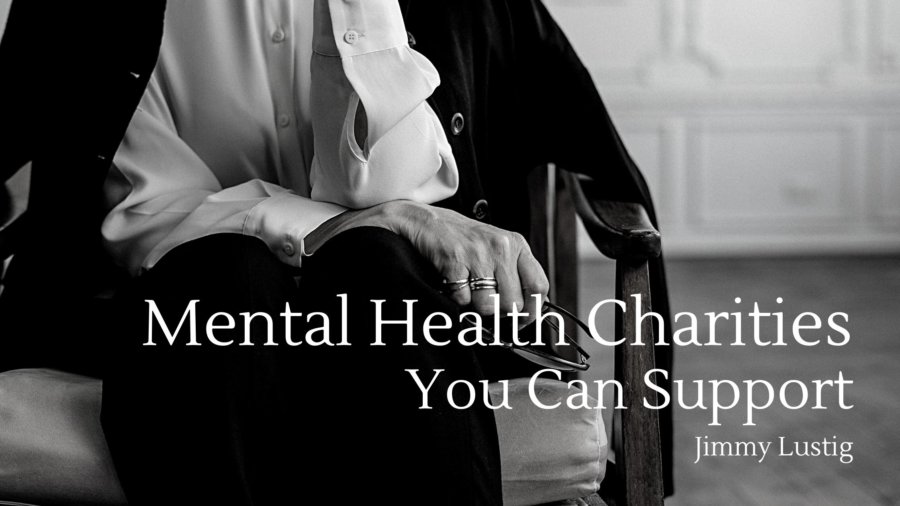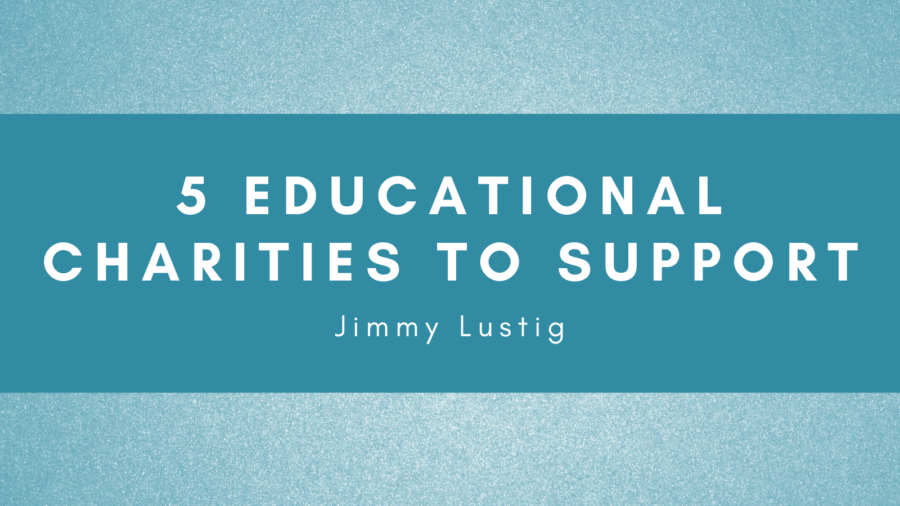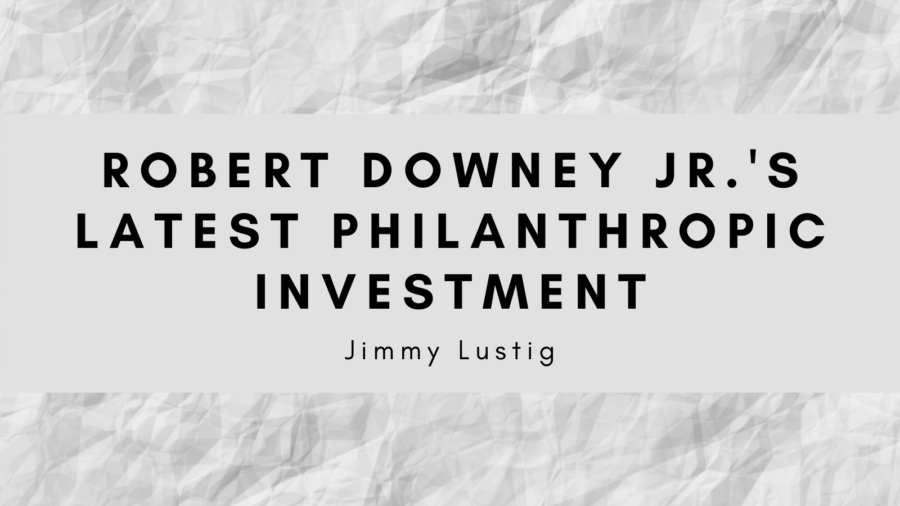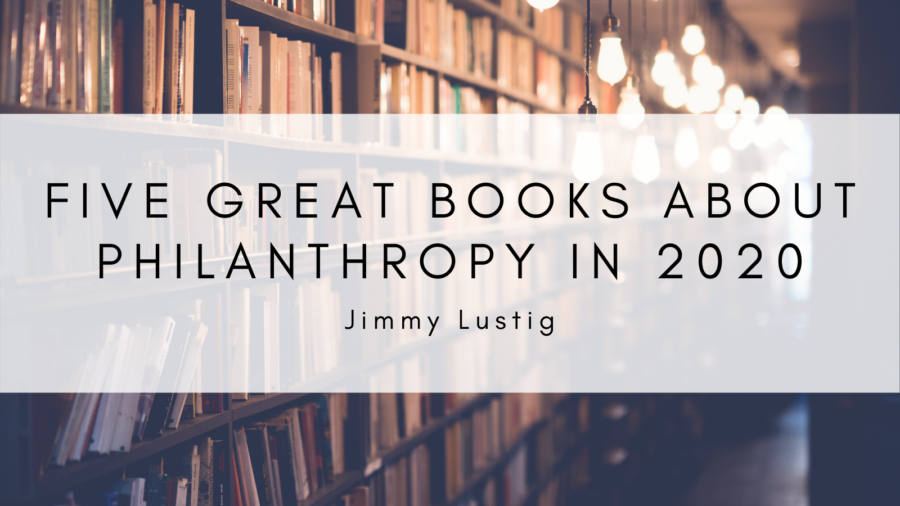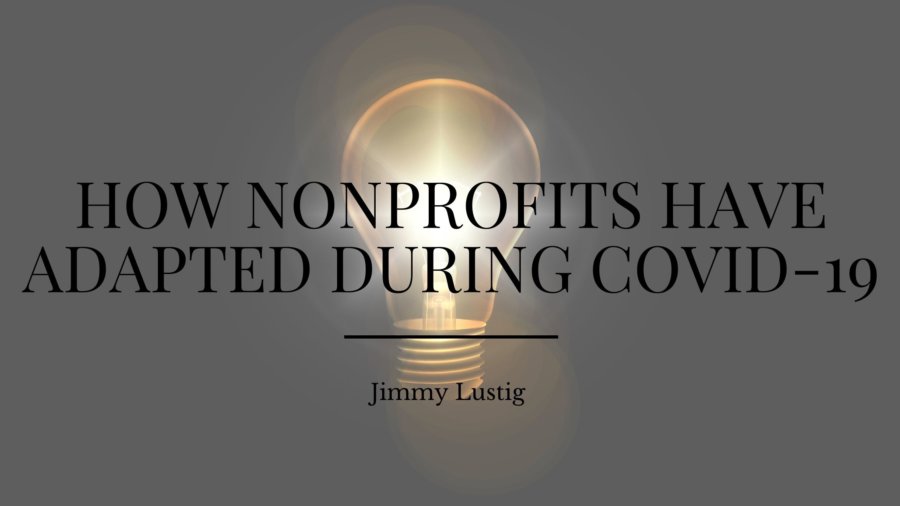While donating money to a charity is a great way to give back, it’s not the only thing available to those who want to help their communities. In fact, there are plenty of alternatives to monetary donations: you can volunteer your time, donate items you no longer use or need, and so much more. Here are some ways to do so.
Time
If you don’t have the money to spare, you can easily donate your time to help a cause that’s important to you instead. Working for a nonprofit organization, for example, is a great way to lend your time and expertise to something you’re passionate about. Not only that, you could potentially make money or qualify for student loan forgiveness through your volunteering.
If you do decide to donate your time, however, make sure not to exhaust yourself and take some time for yourself. Pick one or two causes to volunteer for in your area after doing thorough research and stick to them.
Outside of nonprofits, you could also join the Peace Corps or Teach for America to make a difference. These year-long commitments can take you around the world and let you offer your teaching, building, or medical skills to those in need. Just be aware of the issues with “voluntourism” before signing up.
Community
You don’t have to join an organization to help others. More often than not, you can actually do more good by helping those in your local community rather than traveling across the world. Help your elderly neighbors with their yard work, volunteer with Habitat for Humanity and build houses, or even volunteer at your local animal shelter to take care of animals and find them a good home.
If there’s a political cause you want to join up with, search for protests happening near you and get involved with it to make your voice heard. If the protest is far away, gather a group of friends or family who want to join you and split the travel costs. Facebook events can connect you to local protests if you’re not up for traveling far.
There are plenty of other ways to give back to your community—all you have to do is some research to figure out how. Connecting with groups on social media can make you aware of events happening around you and get you involved in ways you wouldn’t think possible. Money may be a great donation, but there’s far more that people can offer to make the world a better place.





